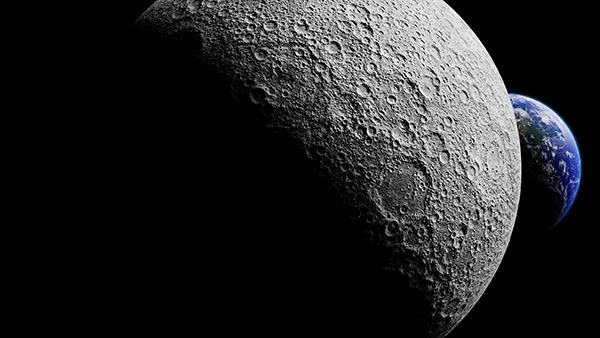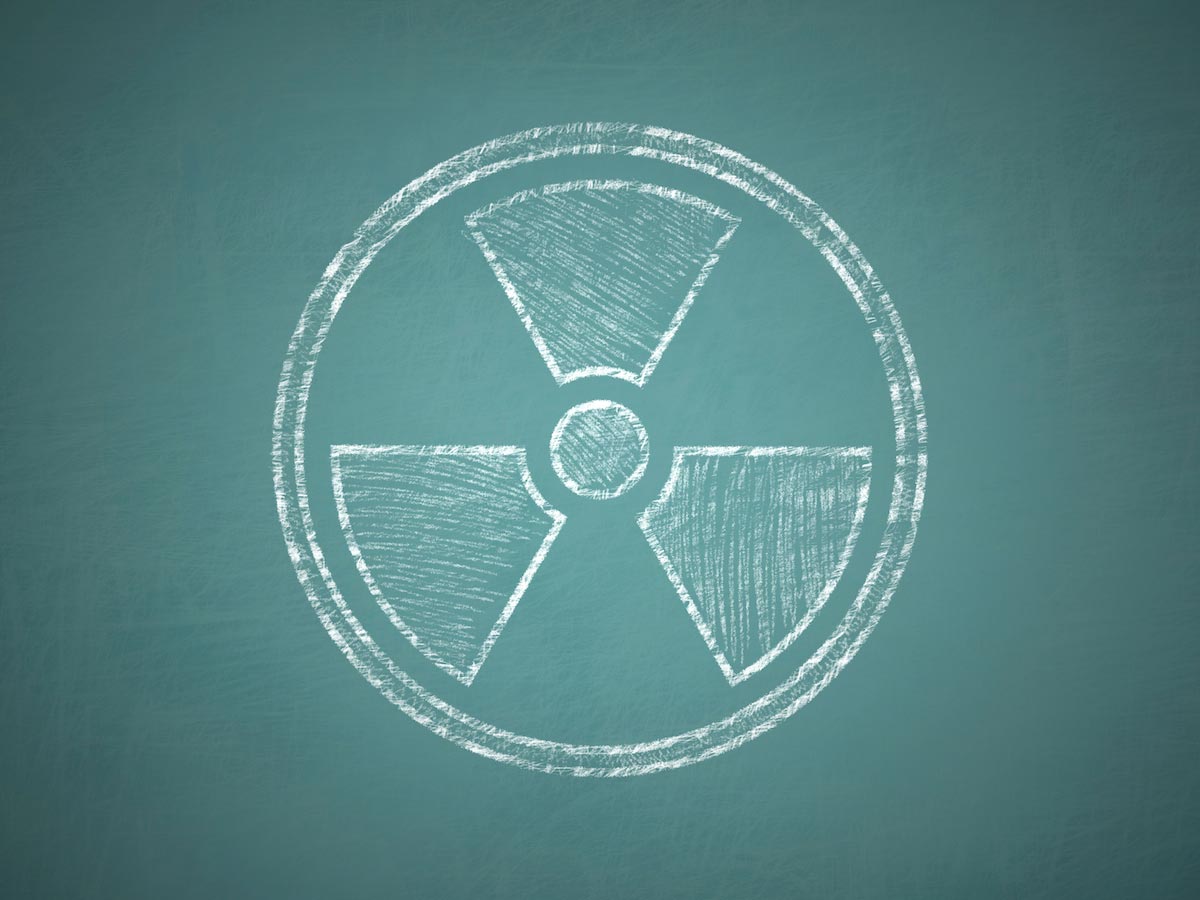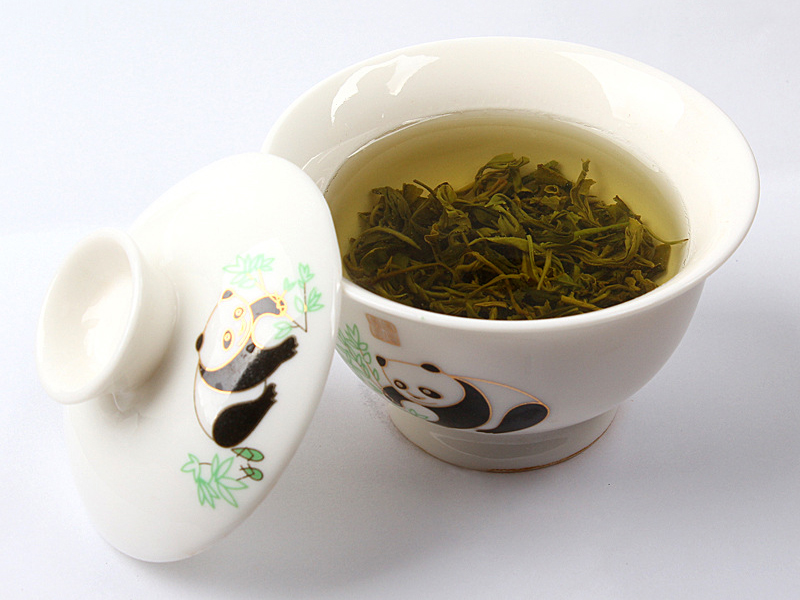
In a paper published in the journal Science Advances, scientists from the University of Hawaii at Manoa made the discovery after analyzing data gathered from Chandrayaan-1's Moon Mineralogy Mapper or M3, an instrument made by National Aeronautics and Space Administration's (NASA) Jet Propulsion Laboratory at California State University that was onboard during an Indian Space Research Organization’s (ISRO) mission.
The paper's lead author and University of Hawaii geologist Shuai Li said he had been reviewing imagery captured during the mission and observed spectra or light being reflected off of the moon’s surface, present at the lunar poles, showing that these regions are made up of compositions that are distinct from other expanses of the moon.
The team homed in on the polar spectra according to a news release issued by the Jet Propulsion Laboratory. It was not unusual for the moon to be coated in iron-rich rocks, but what astonished the team was how closely the material looked like the mineral hematite.
Hematite on the moon
Hematite is a form of iron oxide, a reddish-brown substance also known as rust. Rust occurs when iron becomes exposed to oxygen and water. Hematite is also one of the most abundant minerals on the Earth's surface and in the shallow crust. The question now is without an ample supply of water and oxygen, how did hematite get to the moon?
"It's very puzzling. The moon is a terrible environment for hematite to form," Li mentioned in a statement to NASA.
The University of Hawaii press release added that the team's study is part of a larger research that began in 2018 following the discovery of water-ice in the polar regions of the moon.
The team recruited Jet Propulsion Laboratory researchers Abigail Fraeman and Vivian Sun to give their discoveries a second look and prove that hematite was actually present.
"At first, I totally didn’t believe it. It shouldn't exist based on the conditions present on the moon. But since we discovered water on the moon, people have been speculating that there could be a greater variety of minerals than we realize if that water had reacted with rocks," Fraeman said in the NASA release.
Fraeman and Sun were convinced that M3's data actually suggests the presence of hematite at the lunar poles after taking a careful look.
"In the end, the spectra were convincingly hematite-bearing, and there needed to be an explanation for why it's on the moon," Sun stated.
Another question is what exactly is causing the moon to rust?
Oxygen from Earth travels to the moon
Several theories have been suggested by scientists, but the one notion that makes perfect sense to them is that it is all thanks to Earth. They discovered that the moon's surfaces most affected by oxidation are the ones facing Earth. (Related: Study: Earth's oxygen may have been rusting the moon for billions of years.)
The scientists hypothesize that oxygen could be making the 239,000-mile journey onboard Earth's magnetotail, a particle-packed magnetic wake trailing our planet like a windsock. This was proven in 2007 when Japan's Kaguya orbiter discovered that oxygen from Earth's upper atmosphere can hitch a ride on this trailing magnetotail to the moon.
"Our hypothesis is that lunar hematite is formed through oxidation of lunar surface iron by the oxygen from the Earth’s upper atmosphere that has been continuously blown to the lunar surface by solar wind when the moon is in Earth’s magnetotail during the past several billion years," Li says.
One primary clue was the higher concentration of rust on the side of the moon that faces Earth, which suggests it was in some way connected to the planet.
Earth is surrounded by a magnetic field with a solar wind stretching in this bubble to build a lengthy magnetic tail in the downwind direction. The moon goes in this tail three days before its full moon phase and it takes six days to traverse the tail and go out on the other side.
Earth's magnetic tail blankets the moon's surface with electrons during these six days and all sorts of weird things can happen. According to NASA, dust particles on the surface of the moon might drift off the ground and moon dust might run into a dust storm.
More related stories:
NASA confirms water on sunlit areas of the moon.
Bart Sibrel presents evidence claiming NASA faked the moon landings.
Russia plans to install nuclear-powered observatory on its future moon base.
Watch the video below to know more about the moon's surface.
This video is from the Beyondtheicea channel on Brighteon.com.
Follow Cosmic.news to learn more about Earth's moon.
Sources include:
Please contact us for more information.























